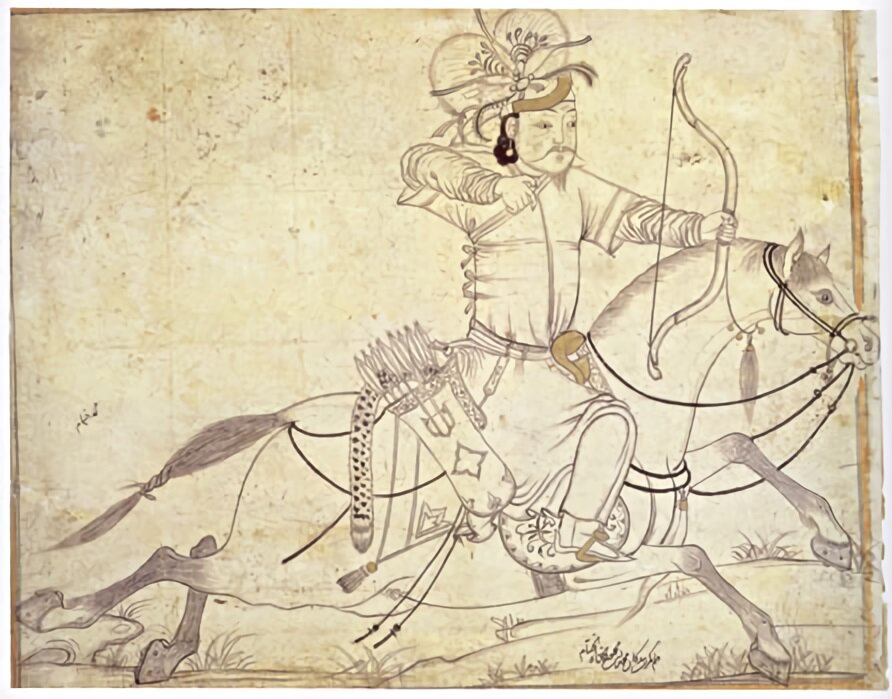
TEHRAN – A number of archaeologists, historians and experts on Islamic arts have discussed the relations between Iran’s authority and arts during the Ilkhanid era.
Organized by the Research Institute of Cultural Heritage and Tourism, the event addressed dominant discourse of the time in relation to dominant rulers, art patrons and works of arts, CHTN reported.
The experts chose arrays to bas-relief carvings and historical inscriptions to justify their views during the online meeting held in Aug. 23, the report said.
The Mongol dynasty, which ruled Iran from 1256 to 1335, witnessed a significant discourse on power and art, as evidenced by architectural inscriptions.
Hulegu, a grandson of Genghis Khan, received orders from the supreme Mongol chieftain Mongke to conquer Iran. Hulegu set out around 1253 with a Mongol army of about 130,000 men. He founded the Il-Khanid dynasty in 1256 and conquered Baghdad and all of Iran by 1258, according to Britannica.
The Il-Khanids consolidated their position in Iran and unified the region as a political and territorial entity after several centuries of fragmented rule by small dynasties. During the reign of the Il-Khanid Maumud Ghuzun (r. 1295-1304), the Il-Khanids lost all contact with the remaining Mongol chiefs in China. Mahmud Ghuzun himself embraced Sunni Islam, and his reign was a time of Iranian cultural renaissance in Iran, with scholars such as Rashid al-Din flourishing under his patronage.
Ghazan’s brother Oljeitu (r. 1304-16) converted to Shia Islam in 1310. Oljeitu’s conversion caused great unrest, and when he died in 1316, the civil war was imminent. His son and successor, Abu Sa’id (r. 1317-35), converted to Sunni Islam and was thus able to prevent a war.
During Abu Sa’id’s reign, however, factional disputes and internal unrest continued to spread. Abu Sa’id died without leaving an heir, and with his death, the unity of the dynasty was broken. Thereafter, various Il-Khanid princes ruled parts of the dynasty’s former territory until 1353.
Il-Khan is Persian for “subordinate khan”.
AFM
Source: Tehran Times